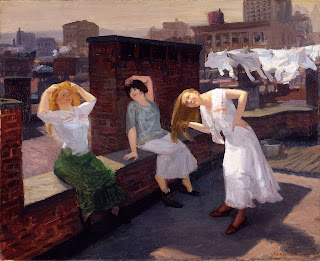The Philippines
 |
| Bohol Tarsier by mtoz. Wikimedia |
I hope you enjoy exploring the Philippines. Most links have been provided by Elizabeth.
Tourist attractions
 |
| Mount Pinatubo. Image by Jean-Marie Hullot. Flickr.com |
History and much more
The Philippines is an archipelago of 7,107 islands. With a population of more than 97 million people, the Philippines is the 12th most populated country in the world. Click here to find out more about its
- history and the connection with Spain
- the 1898 war
- geography and administrative divisions
- ethnicity and language
Video
Click on the image. This BBC video will take you through a journey that many call, the eighth wonder of the world.
 |
| Banaue Rice Terrace. Long&Queta. Flickr.com |
Can you guess what this is? That's right, puto. A rather shocking name for such a mouthwatering dessert!. Click here for a puto recipe.
 |
| Wikimedia Commons |
Click here for more Filipino recipes. From "adobo·" to "pastillas de leche".
Can you make a list of 5-10 recipes with Spanish names? You'll be surprised.
Dressing
Barong Tagalog is men's formal upper garment worn on special ocassions, for example, a wedding. This tradition dates back four centuries. If you would like to learn more, click on the image.
 |
| Image by Barongguy1. Wikimedia Commons |
Spanish language in the Philippines
Did you know that Spanish was the official language in the Philippines until 1973? Spanish was first introduced to the Philippines in 1565 when the conquistador, Miguel López de Legazpi, founded the first Spanish settlement on the island. After the Spanish-American war in 1898, Spanish was gradually being marginalised and English imposed. The Americans propagated the Black Legend, and the rest is history, as they say.
Enrique Zóbel de Ayala, a Filipino businessman, founded the Academia Filipina de la Lengua Española to maintain the use of Spanish in the Philippines.
Fascinating, don't you think? Click here to find out more about Spanish language and the Philippines.


Comments
Post a Comment